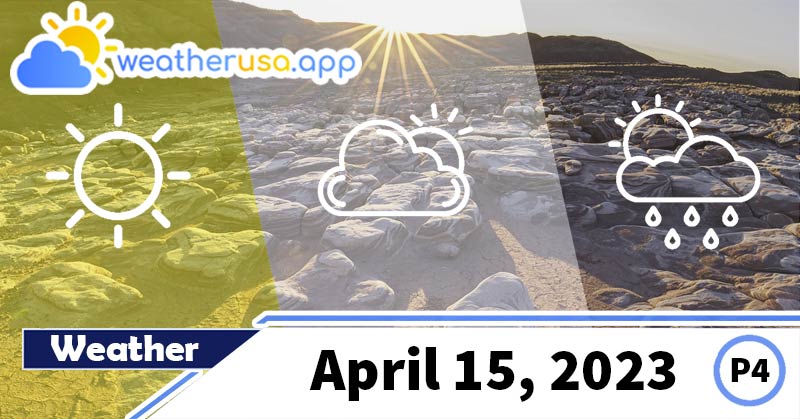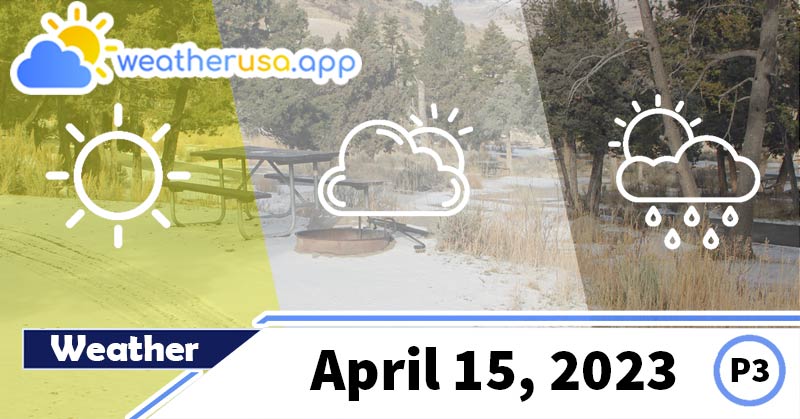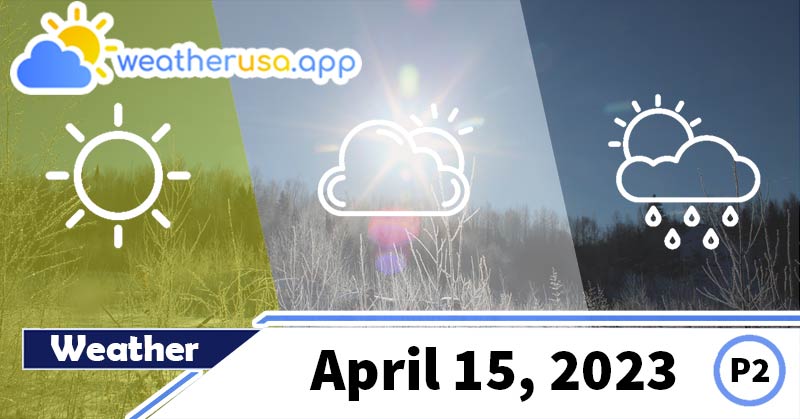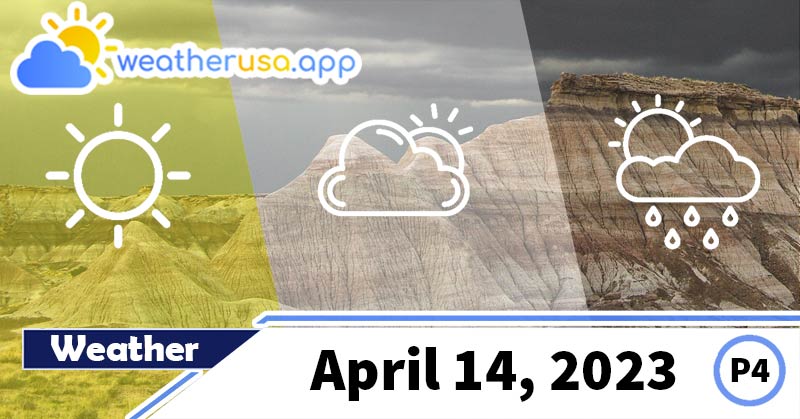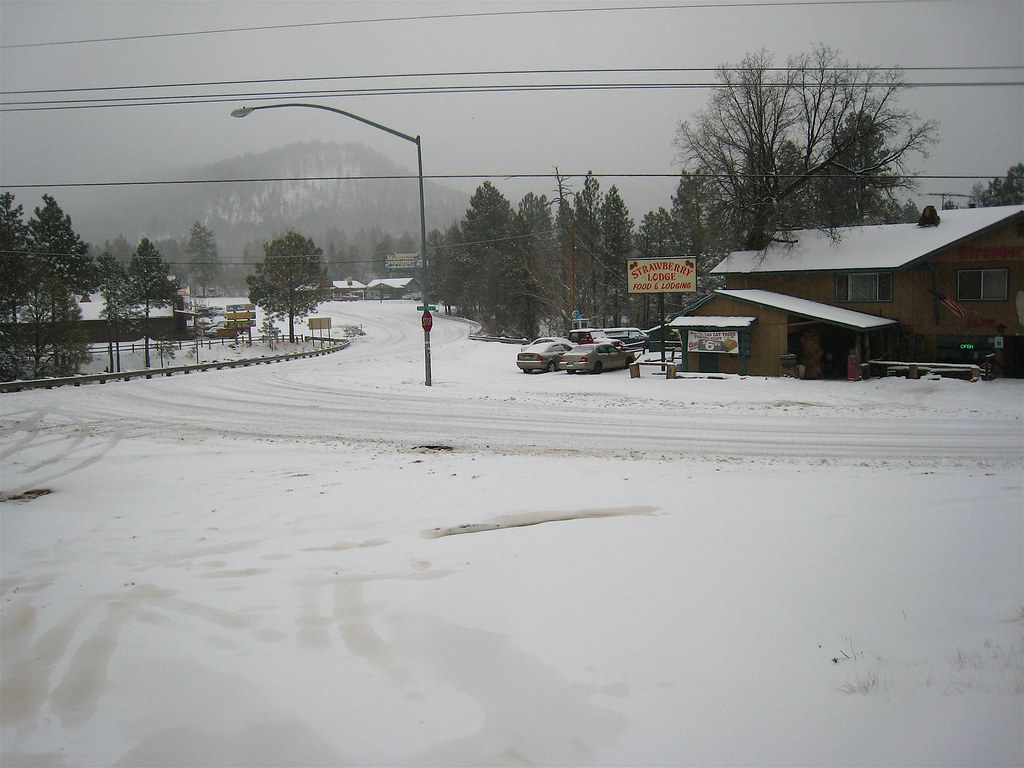
Weather and Climate
Weather and Climate
Weather is the state of the atmosphere that describes the degree to which it is, for example, hot or cold, wet or dry, calm or stormy, clear or cloudy. Most weather events occur in the troposphere, the lowest layer of the planet’s atmosphere, just below the stratosphere.
Weather refers to daily temperature, precipitation, and other atmospheric conditions, while climate is the term used for the average of atmospheric conditions over more extended periods. Used unqualified, “weather” generally means the weather of the Earth.

Weather is affected by differences in air pressure, temperature, and humidity between places. These differences can occur due to the Sun’s angle at any point varying with latitude. The strong temperature contrast between polar and tropical air results in the largest-scale atmospheric circulations: Hadley cell, Ferrel cell, polar cell, and jet stream. Mid-latitude weather systems, such as non-tropical cyclones, are caused by jet flow instability.
Because the Earth’s axis is tilted relative to the orbital plane, sunlight comes in at different angles at different times of the year. At the Earth’s surface, temperatures are usually in the range of 40 °C per year. Over the millennia, changes on Earth have changed.
Climate is the long-term weather pattern in a region, often averaging more than 30 years. More precisely, it is the average variability of meteorological variables over time, spanning from months to millions of years. Some commonly measured meteorological variables are temperature, humidity, atmospheric pressure, wind, and precipitation.
In a broader sense, the climate is the state of the components of the climate system and the interactions between them, including the atmosphere, hydrosphere, cryosphere, lithosphere, and biosphere. A place’s climate is affected by latitude/longitude, terrain, altitude, land use, and nearby bodies of water and currents.

Climate Change Indicators: Weather and Climate
Why is it important?
More frequent and intense heat waves can increase morbidity and mortality, especially in vulnerable populations, and damage certain crops. While increased rainfall can replenish water supplies and support agriculture, severe storms can cause property damage, loss of life, and displacement of populations.
Summary of Key Points
- US and global temperatures. Average temperatures have increased across 48 contiguous states since 1901, with the rate of warming accelerating over the past 30 years. Nine of the ten hottest years on record have occurred since 1998. Global mean temperatures show similar trends, and all ten hottest years worldwide have appeared since. 2005. In the United States, temperatures increased most in the northern, western, and Alaska regions.
- Seasonal temperatures. As the Earth warms in general, average temperatures increase throughout the year, but the increase can be more significant in certain seasons than in others. Since 1896, average winter temperatures across the 48 contiguous states have increased by nearly 3°F. Spring temperatures have increased by about 2°F, while summer and fall temperatures have increased by about 1.5°F.
- High and low temperatures. More extreme temperature conditions are becoming more common. Since the 1970s, scorching summer days have become more common in the United States over the past few decades. Sweltering summer nights have become more common at an even faster rate. This trend shows less “cooling off” at night.
Although the United States has experienced many winters with unusually low temperatures, freezing winter temperatures have become less common—especially very cold nights. Daily record highs have become more common than record lows. - Heat Wave. Heatwaves are occurring more frequently than before in major cities across the United States. Heat waves happen three times more often than in the 1960s—about six per year compared with two per year. The average heatwave season is 49 days longer, and individual heatwaves last longer and become more intense.
- US and Global Precipitation. Total annual precipitation has increased over land areas in the United States and worldwide. Since 1901, rainfall has increased at an average rate of 0.2 inches per decade across 48 contiguous states. However, changing weather patterns have caused certain areas, such as the Southwest, to receive less rain than usual.
- Heavy Precipitation. In recent years, higher precipitation rates in the United States have come in the form of extreme single-day events. The prevalence of single-day extreme rainfall events remained relatively stable from 1910 to the 1980s but has increased significantly since then.
Nationally, nine of the top 10 years of extreme one-day rainfall events have occurred since 1996. The occurrence of unusually high total annual precipitation also increased. - Tropical cyclone activity. Low storm activity in the Atlantic, Caribbean, and Gulf of Mexico has increased over the past 20 years. Hurricane intensity, a measure of power, duration, and frequency, is closely related to changes in sea surface temperature in the tropical Atlantic and has increased significantly during that time.
However, changes in observation methods over time make it difficult to know for sure whether storm activity will increase over more extended periods. Records collected since the late 1800s show that the number of hurricanes per year has not increased. - River flooding. The frequency and intensity of rising and falling river floods vary by region. Flooding was generally more significant in parts of the Northeast and Midwest and minor in western, southern Appalachian, and northern Michigan. Major flooding has become more frequent in the Northeast, Pacific Northwest, and parts of the north of the Great Plains and less frequently in the Southwest and Rockies.
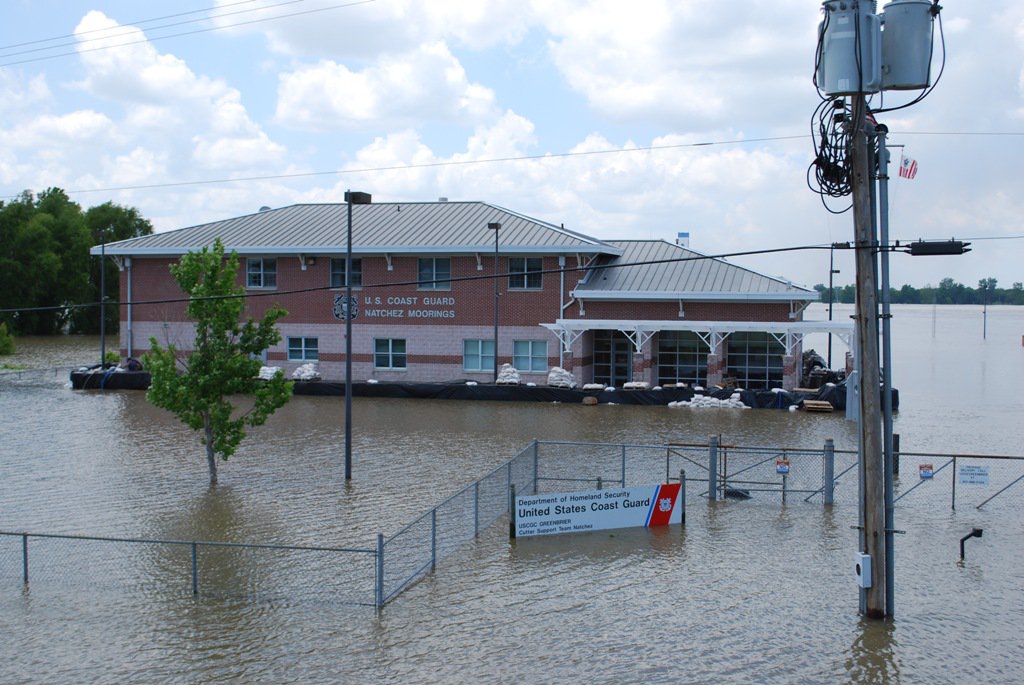
- Drought. National average drought conditions have changed over time. The 1930s and 1950s saw the most widespread lack, while the past 50 years have been generally wetter than average. Specific trends vary by region, as the West typically experiences more drought while the Midwest and Northeast become wetter.
A more detailed index recently developed shows that between 2000 and 2020, approximately 20 to 70 percent of the United States’s land area experienced arid conditions at any given time. However, this index has not been used long enough to compare with historical drought patterns.

- A Closer Look: Temperature and Drought in the Southwest. The southwestern United States is particularly sensitive to changes in temperature and, therefore, prone to drought, as even a slight decrease in water availability in this already arid region could strain the environment’s natural systems and threaten further water supplies. Some measures show more persistent and severe drought in recent years.
Weather 01852 - Lowell MA

58°
light rain
Feels like 57°05:30/19:53
62°F
/54°F
71%
1003 hPa
7 mi
4.61 mph
